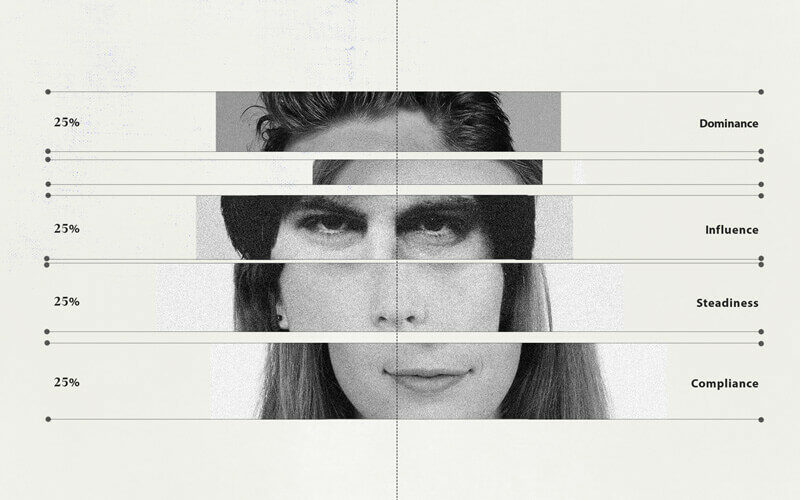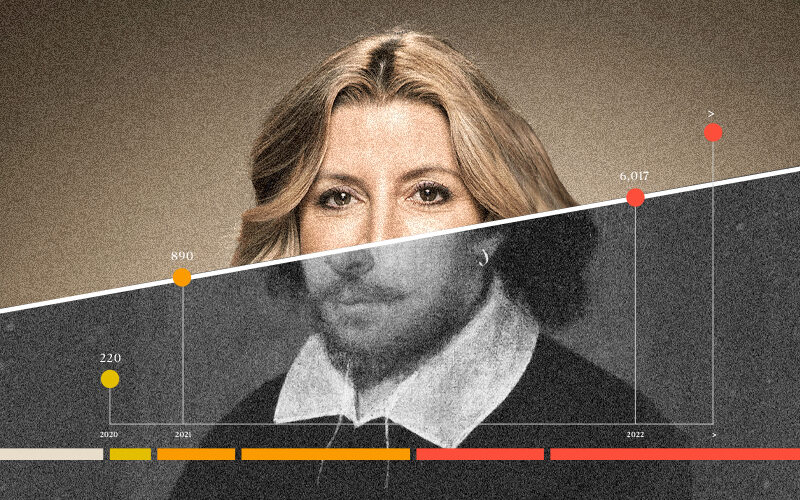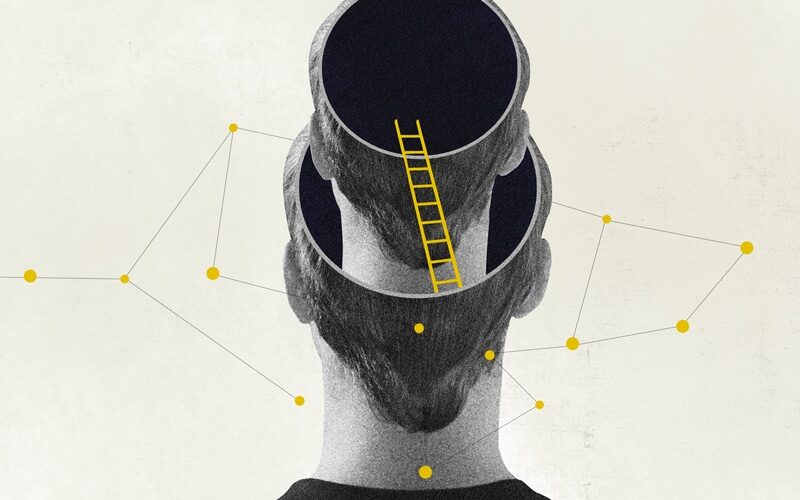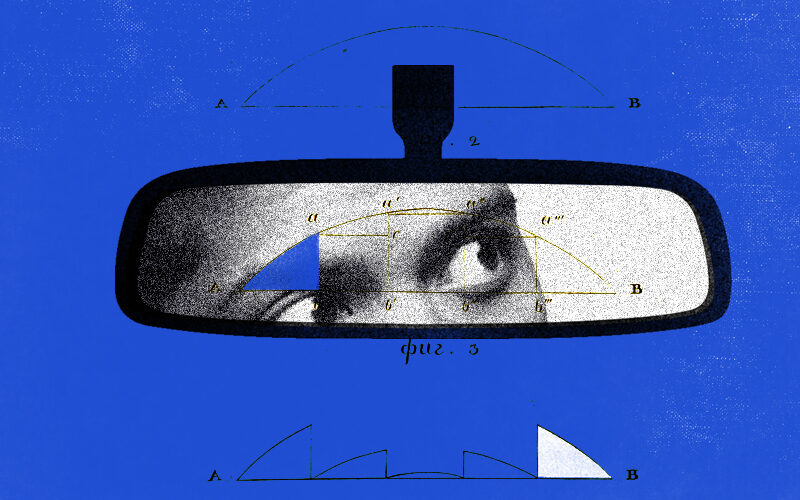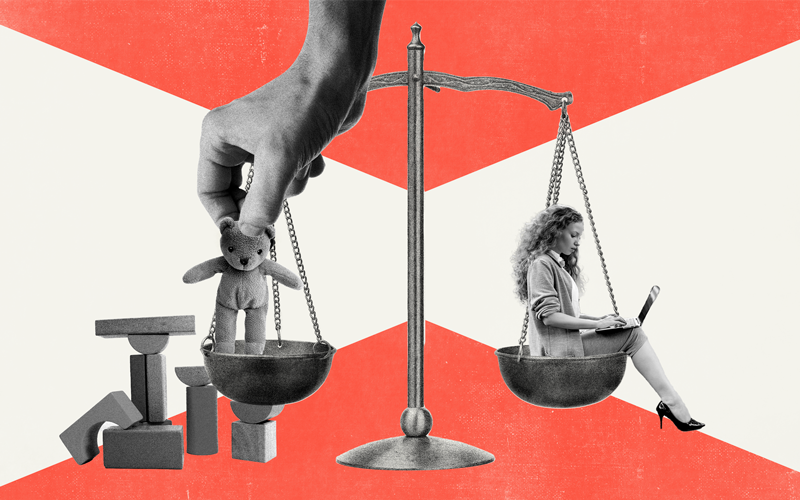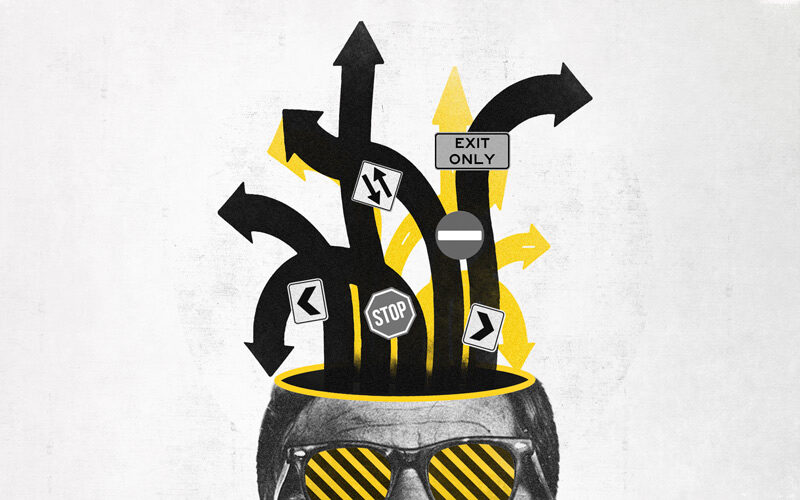One thing experienced hiring managers know – and founders quickly learn – is that you can’t go shopping for your perfect hire like some kind of corporate Build-A-Bear.
Finding talent that not only performs well but “fits in” with your startup is one of the biggest challenges you’ll face. It’s even more challenging if your idea of “fitting in” is unmoving.
Personality types have been a fixture of psychology since the 60s, and used in business for around 30 years. The DISC model is an excellent place to start if you want to understand the different employee types you’ll inevitably encounter, and how well they’ll play with others.
DISC isn’t corporate pseudoscience – it’s based on the work of lie detector inventor William Moulton Marston, who based it on the work of Carl Jung, who based it on the Four Temperaments of ancient Greek philosophy.
The sad truth is, as much as we like to think we’re individuals, we’re all quite categorizable.
What is DISC?
DISC stands for dominance, influence, steadiness and compliance. You reach your result by taking a (paid) 24 question, ‘forced choice’ assessment – you’ll have to select which answer most applies to you, even if it doesn’t.
But it’s most useful when you get your staff to take it. Especially if you’re dealing with personality clashes. Countless unnecessary problems arise not because of problems themselves, but the way those problems are communicated.
By understanding what makes people tick (in a good or a bad way), you can cut out a sizable portion of the stress, squabbling, and competitiveness that consumes many an HR department.
Think of DISC like the love languages for business.
The four types
There are four personality groupings within DISC. People are often a blend of two.
There are two things to consider as an employer: how these types fit into your org, and how the org (read: your staff) responds to them.
Dominance (9% of the population)
- Decisive
- Tough
- Strong willed
- Competitive
- Demanding
- Self confident
90s and 00s working culture rejected businesslike efficiency. As our jobs became our lives, watercooler sociability was normalised, open door/glass office policies implemented, and Friday night drinks organised. Love it or hate it, engaging in office small talk has become a requisite of working life.
D types – the rarest type of worker – don’t subscribe to this ideology.
Ds are highly efficient, independent, and demand quality. They can be competitive, and at the most extreme end of the scale, aggressive. They have a tendency to rub people the wrong way, making them feel criticised or rejected, often without meaning to.
But working culture is shifting again.
“I’m not here to make friends” is a line you might hear from both an old-school D type boss and a confident young Millennial. Younger generations know their rights, value time over possessions, and don’t live to work.
You’ve heard of the Great Resignation. Now experience the ‘quiet quitting’ movement. In a wave of disillusionment or empowerment depending how you look at it, employees are clocking in, doing the bare minimum, then clocking out.
This is not the MO of the D. Ds push for better results. They might leave on time, but only because they’ve spent their day working, not chatting. They’re there to work, and they’re there to win.
Ds account for the smallest group in the DISC framework. You’ll often find them (or place them) in leadership roles.
Influence (29% of the population)
- Sociable
- Talkative
- Optimistic
- Energetic
- Persuasive
- Inspiring
Is are social connectors. They’re charismatic and bring “positive energy” to work. They tend to do well in meetings and presentations and are usually liked by their peers. Their key strength is influence, and they make good cheerleaders and champions of ideas.
Naturally, this makes them good salespeople, front of house staff, and project managers.
They’re less likely to be intimidated by D and C types, and good at nurturing I types. But due to their sociable nature, they can sometimes take rejection personally.
Steadiness (30% of the population)
- Calm
- Steady
- Careful
- Patient
- Trustworthy
- Modest
S styles are ‘people people’. Often the ‘ol’ reliables’ of an operation, they’re cooperative, level-headed, and supportive of others. They’re more introverted than extroverted, preferring to listen rather than talk (or present).
They make good PAs, HR execs, and instructors. They might make good managers depending on how their reports respond to leadership. Ss are highly nurturing and empathetic, but may not push the people who need to be pushed.
Compliance: 31% of the population
- Private
- Precise
- Logical
- Careful
- Formal
- Exact
Find Cs in engineering, programming, and IT roles. If you’ve seen Manhunt, think the FBI profiler James Fitzgerald who caught the Unabomber by analysing his letters.
They’re introverted, meticulous, and to the point. They prefer emails to face-to-face. Some prefer no communication at all, which can present an obvious problem within organisations. Cs flaws may include frustration when they feel something’s being done efficiently or illogically. Get the most out of them by asking them to improve processes.
Understanding the types
To further understand relationships between the types, they can be grouped as follows:
- D and C are task oriented (or thinking); S and I are people oriented (or feeling).
- C and S are introverted. They use the 5 senses.
- D and I are extroverted. They use intuition or the 6th sense.
As you might imagine, Ds present the highest potential for clashes. They can make sociable Is feel rebuffed, and ride roughshod over modest Ss.
As subordinates, Cs are their ideal remit, since they’re non-confrontational and thrive on clear direction. As senior staff, it can go one of two ways. Cs supply the logic, precision, and quality Ds demand. They’re useful and reliable in important meetings. But their confidence can be a threat to some D types.
A D and a C can make an excellent good-cop, bad-cop team. Ds might deal with tough investor meetings or external relations. Cs might deal with hiring, management, and internal conflict.
What about the bad ones?
You might notice a distinct absence in the DISC profiles: negative qualities.
It’s possibly because DISC focuses on people’s potential rather than their pitfalls. It might also be because – despite the evil alter egos they may morph into at night – most people tend to be well behaved in their place of work.
Within each type there are good and bad workers. In all honesty, most people are a mix of both.
Perhaps the greatest strength of DISC isn’t to help you find the “good ones”, or the people who are just like you, but people who can fill in the gaps in skills/knowledge/personality styles you and your founding team lack.
Evangelical-type startups would do well to take note of this. Cultures where everybody thinks and acts the same can quickly become toxic (or cult-like). Diverse perspectives are non-negotiable for success. So is having people who can tell you what you might not want to hear.
Your job is to bring out the best in the types, and cultivate a balance between each.




